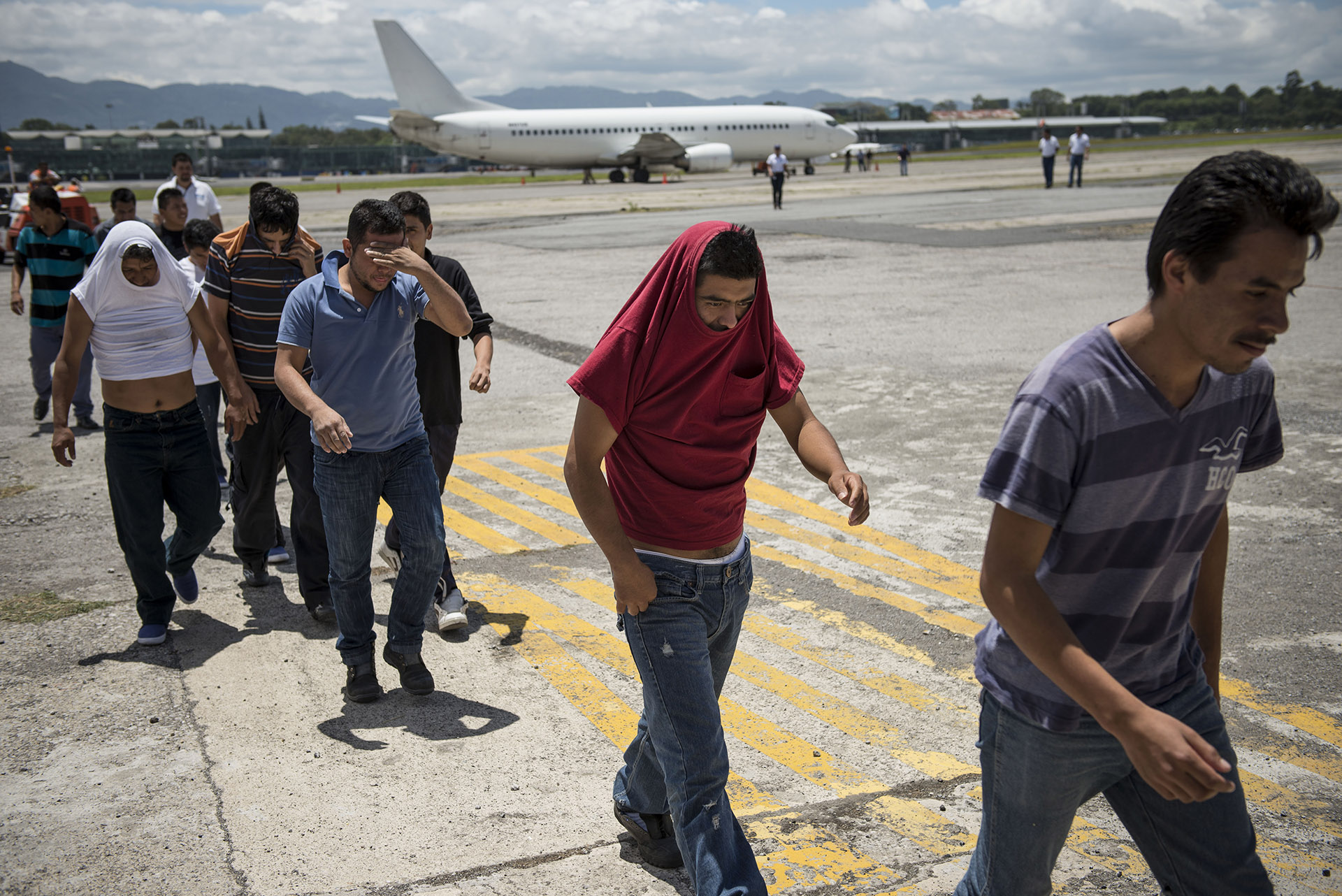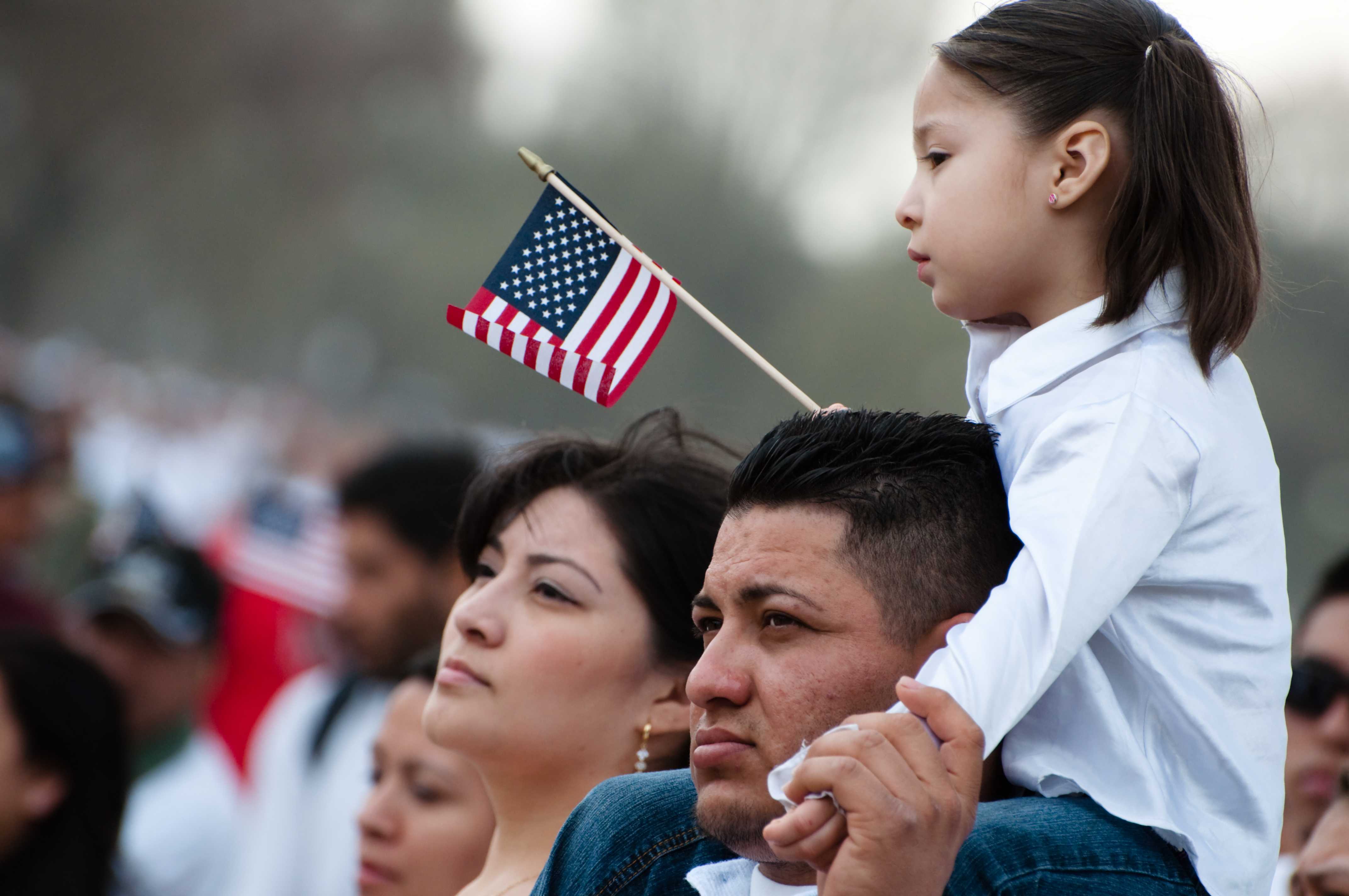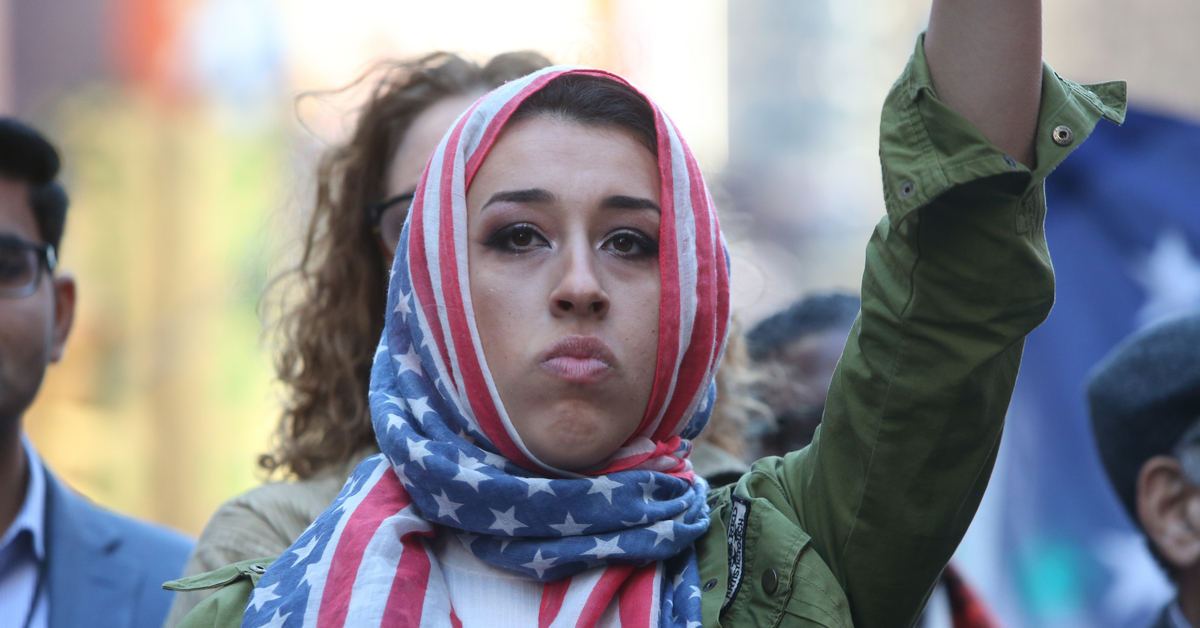People who are demonstrably suffering from persecution as a direct result of their race, religion, nationality, political opinion, or membership in a particular social group in a country where authorities cannot or will not address their persecution can be considered as refugees for the purposes of United States immigration law.
The term is often confused with asylum seeker, though the intent and persecution requirements are exactly the same. But unlike asylum seekers, refugees must apply for their designation outside of the United States, and cannot have resettled in another country.
To be able to apply as a refugee, people must have been referred to the program by an organization like the United Nations High Commissioner for Refugees and cannot be determined to have supported any terrorist organizations or sanctioned regimes. The process involves layers of background and medical checks and can take years, as the system is designed to prioritize only the most vulnerable individuals.
Immigration and Naturalization Act Section 207, also known as Section 1157 of Title 8 of the United States Code, gives the president wide latitude to impose yearly limits on the total numbers of refugees allowed to be admitted. The number has fluctuated since this provision was included in 1980, but President Trump has dramatically reduced it, from 110,000 in the last fiscal year of the Obama administration to 45,000 in the first fiscal year of Trump’s. In September 2020, the Trump administration announced it would accept only 15,000 refugees for the next fiscal year, a historic low.













